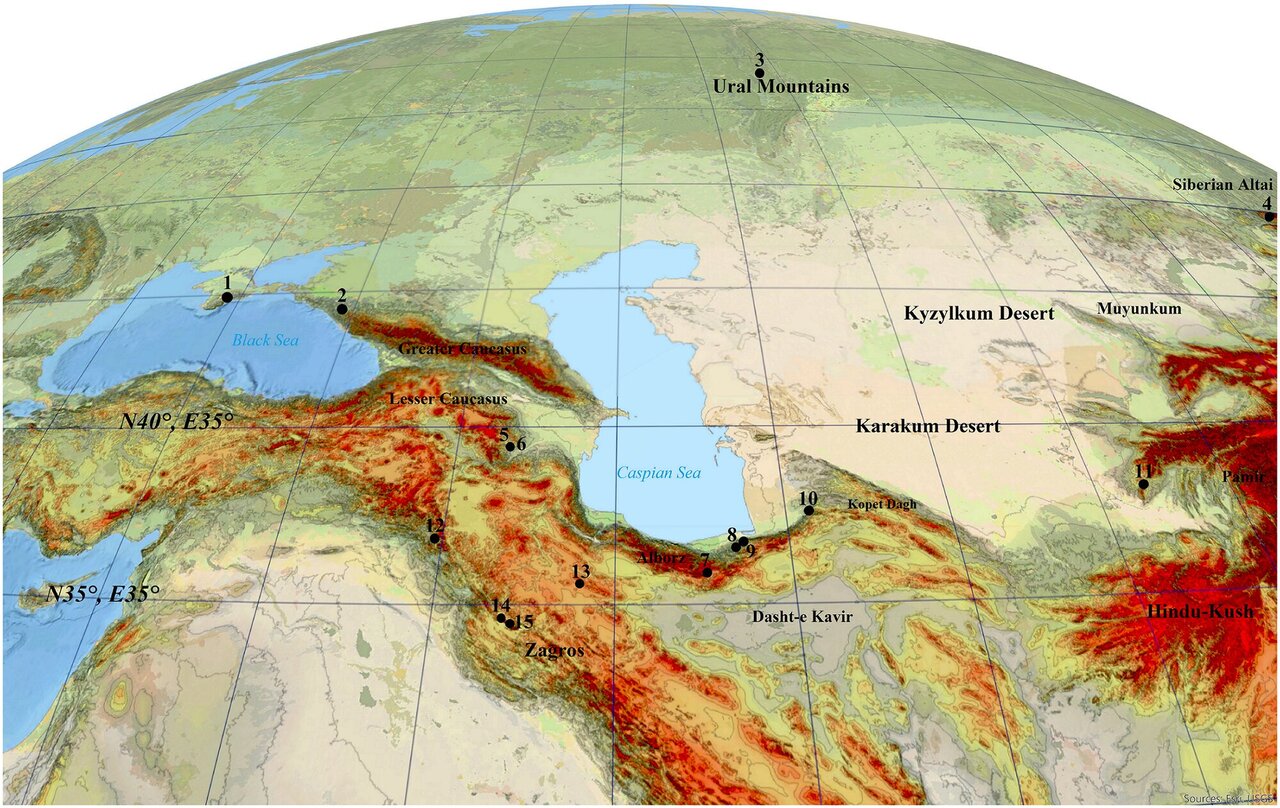Iran may be top source for Neanderthal archaeology, study finds

TEHRAN – Iran is likely to be a top source for Neanderthal studies as a new study traced routes that Neanderthals followed into the Iranian plateau.
Based on a paper, published in the journal PLOS ONE, the paper follows computer modeling of Neanderthal dispersal across hypothetical Northern and Southern Caspian routes based on available archaeological and physiological data.
To uncover routes that Neanderthals would have likely taken, researchers developed and analyzed geographical data systems, with bio-geographical data inputs.
These routes suggest potential research locations in lesser-studied parts of Iran and Central Asia, where the modeling indicates the ideal Palaeolithic habitats.
A preceding genetic study led by the Max Planck Institute for Evolutionary Anthropology, titled “Neanderthals in central Asia and Siberia”, which is cited in the paper, has linked Neanderthals in Uzbekistan and the Altai region of southern Siberia to being of European origin.
Creating a corridor map
Researchers developed a model to look for the Least-Cost-Path (LCP), using an open-source geographical information system, QGIS, layered with bio-geographical information of past climate conditions.
Similar to how a GPS in a car will only direct you to a destination by following roadways and may route you around traffic, construction, or road closures, LCP models do not always use the most direct linear paths because they take into account clear paths and expensive obstacles along the way.
Researchers used LCP analysis to model the likely Neanderthal dispersal routes between two cave sites in Russia's Altai Mountains and the Caucasus (one with Micoquian and the other with Mousterian cultural materials).
The researchers searched for regions with the fewest climate fluctuations and those most likely to offer stable environments for flora and fauna using climate data downloaded from various sources.
They concentrated on the Southern Caspian Sea corridor as it stood out as being relatively humid and mild in comparison to surrounding areas, making it an ideal route for expansion and settlement.
In addition to being the ideal route for leaving Europe, it would have been a welcoming entry point into Europe for migrations of modern humans (Homo sapiens) coming from Africa and via the Levant, raising the possibility that this could have been a significant cross-cultural meeting point between our two species.
Neanderthals lived before and during the last Ice Age of the Pleistocene in some of the most unforgiving environments ever inhabited by humans. They developed a successful culture, with a complex stone tool technology, that was based on hunting, with some scavenging and local plant collection. Their survival during tens of thousands of years of the last glaciation is a remarkable testament to human adaptation.
Neanderthals were the most advanced humans in Europe for several hundred thousand years. They tended to their sick, managed fire for warmth and cooking, and hunted the largest prey as an apex predator. They also made cave art.
In addition, Neanderthals were the most widespread species of people in their era, living as far away from Europe's western and northernmost regions as Central Asia and Siberia. Because modern humans and Neanderthals interbred frequently and in various places, as we have learned from researching our own genomic history, the Neanderthals' history also plays a significant role in our own.
AFM
